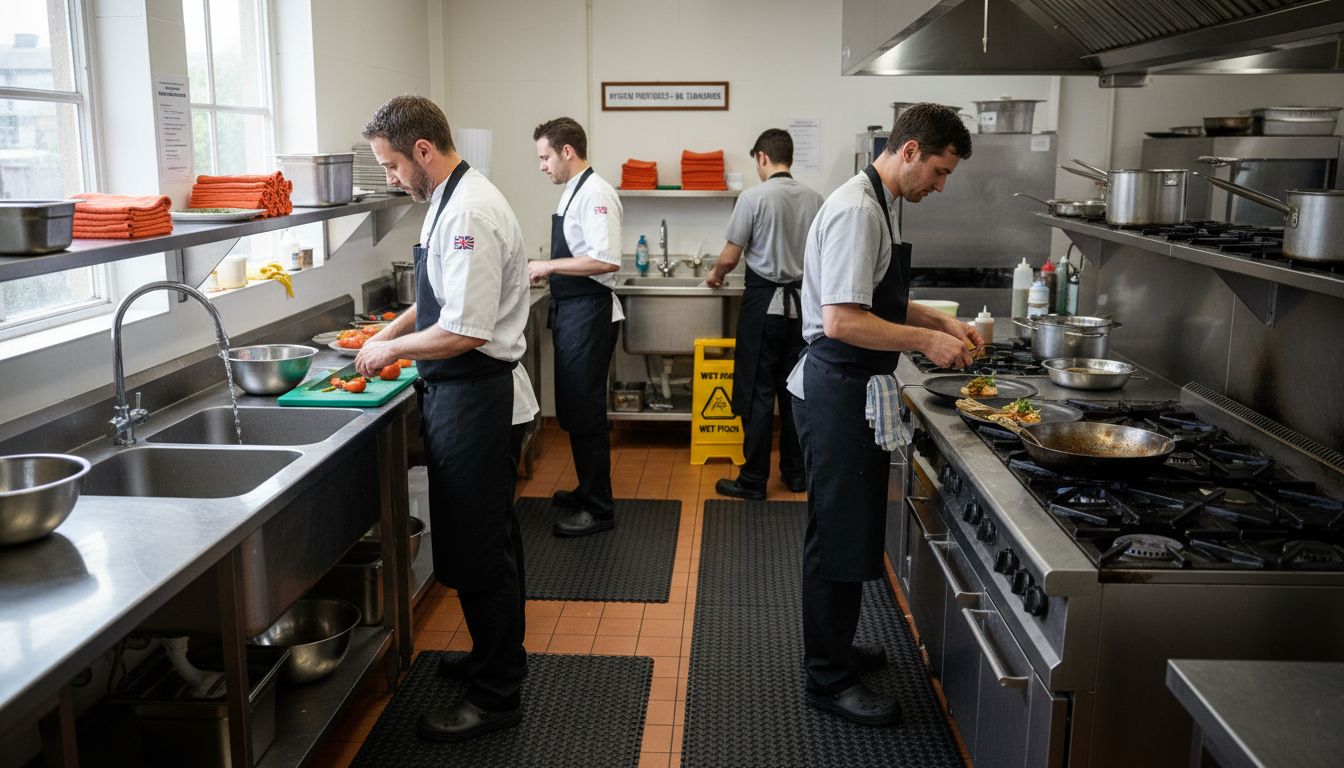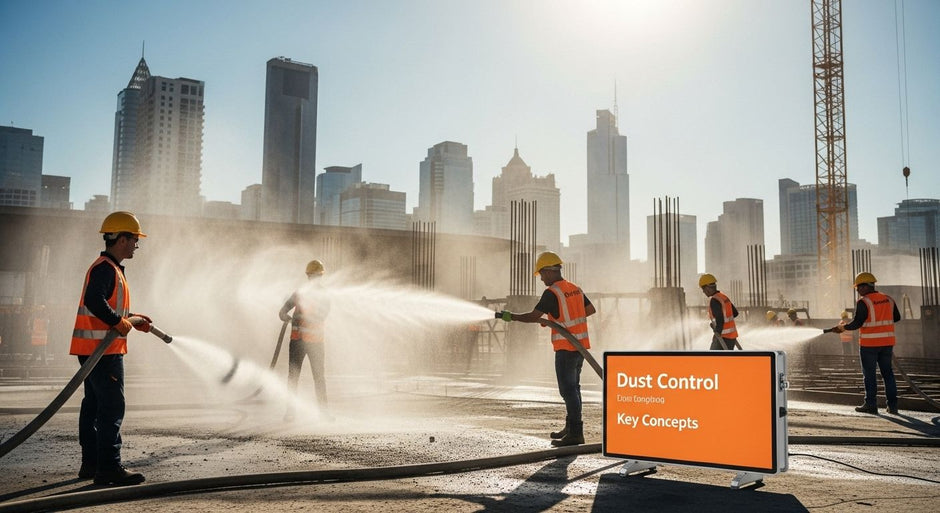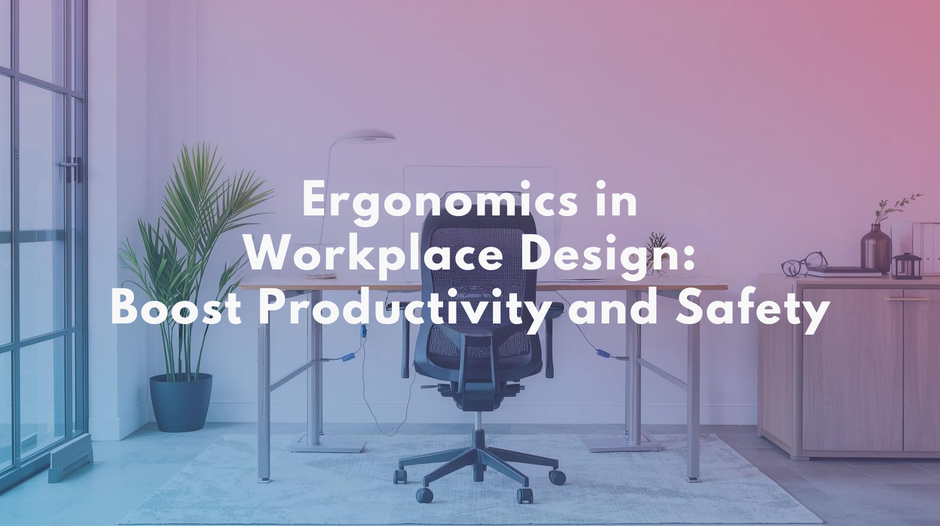Slippery floors in kitchens cause thousands of accidents every year, making safety a top concern for chefs and home cooks alike. The right kitchen mat can deliver comfort and peace of mind by tackling daily risks with smart design. From non-slip surfaces to shock absorption and easy cleaning, modern rubber mats create a safer, more hygienic, and more efficient kitchen space for everyone.
Table of Contents
- What Are Rubber Mats for Kitchen Use?
- Types of Kitchen Rubber Mats Explained
- Safety, Hygiene, and Durability Benefits
- Installation, Maintenance, and Compliance Tips
- Cost Factors and Alternatives Compared
Key Takeaways
| Point | Details |
|---|---|
| Safety Enhancement | Rubber mats significantly reduce slip hazards, improving workplace safety in kitchens. |
| Worker Comfort | Anti-fatigue designs alleviate physical strain, promoting employee wellbeing during long shifts. |
| Durability and Value | Quality rubber mats withstand high-traffic use, offering long-term cost savings by minimizing maintenance and replacement needs. |
| Installation and Compliance | Proper installation and regular maintenance are essential for maximizing the lifespan and effectiveness of rubber matting solutions. |
What Are Rubber Mats for Kitchen Use?
Rubber kitchen mats are specialised floor coverings designed to provide safety, comfort, and durability in commercial and residential kitchen environments. According to industrialmats.co.uk, these mats are crafted from reclaimed rubber, offering an eco-friendly solution that serves multiple critical functions in food preparation spaces.
These versatile mats serve several essential purposes in kitchen settings. They are engineered to address key workplace challenges such as slip prevention, worker fatigue reduction, and floor protection. Key features typically include:
- Non-slip surface textures
- Shock absorption capabilities
- Resistance to moisture and chemical spills
- Easy-to-clean materials
- Ergonomic design for extended standing comfort
In professional kitchens, rubber mats play a pivotal role in maintaining workplace safety and operational efficiency. They help mitigate risks associated with wet, greasy surfaces by providing stable footing for kitchen staff. Moreover, their cushioned design reduces strain on workers’ legs and joints during long shifts, demonstrating how a simple floor covering can significantly impact workplace ergonomics and employee wellbeing.
Learn more about kitchen safety in our guide on managing wet surfaces and understand how strategic matting can transform your kitchen environment.
Types of Kitchen Rubber Mats Explained
Kitchen rubber mats come in a diverse range of designs tailored to meet specific workplace requirements. According to matsdirect.co.uk, these mats can be categorised into several key types, with interlocking rubber tiles and PVC connectible tiles being prominent choices for professional kitchen environments.
The primary types of kitchen rubber mats include:
-
Interlocking Commercial Mats: As rubberco.co.uk highlights, these mats are crafted from reclaimed rubber and designed for high-traffic areas. They feature:
- Efficient drainage systems
- Anti-fatigue properties
- Multi-directional slip-resistant patterns
-
Drainage Mats: Specifically engineered with perforated surfaces to quickly channel liquids away from walking areas
-
Anti-Fatigue Mats: Thick, cushioned designs that reduce physical strain during long kitchen shifts
-
Modular Rubber Tiles: Flexible systems that can be customised to fit various kitchen layouts
Each mat type serves a unique purpose, from enhancing worker safety to improving overall kitchen hygiene and operational efficiency.
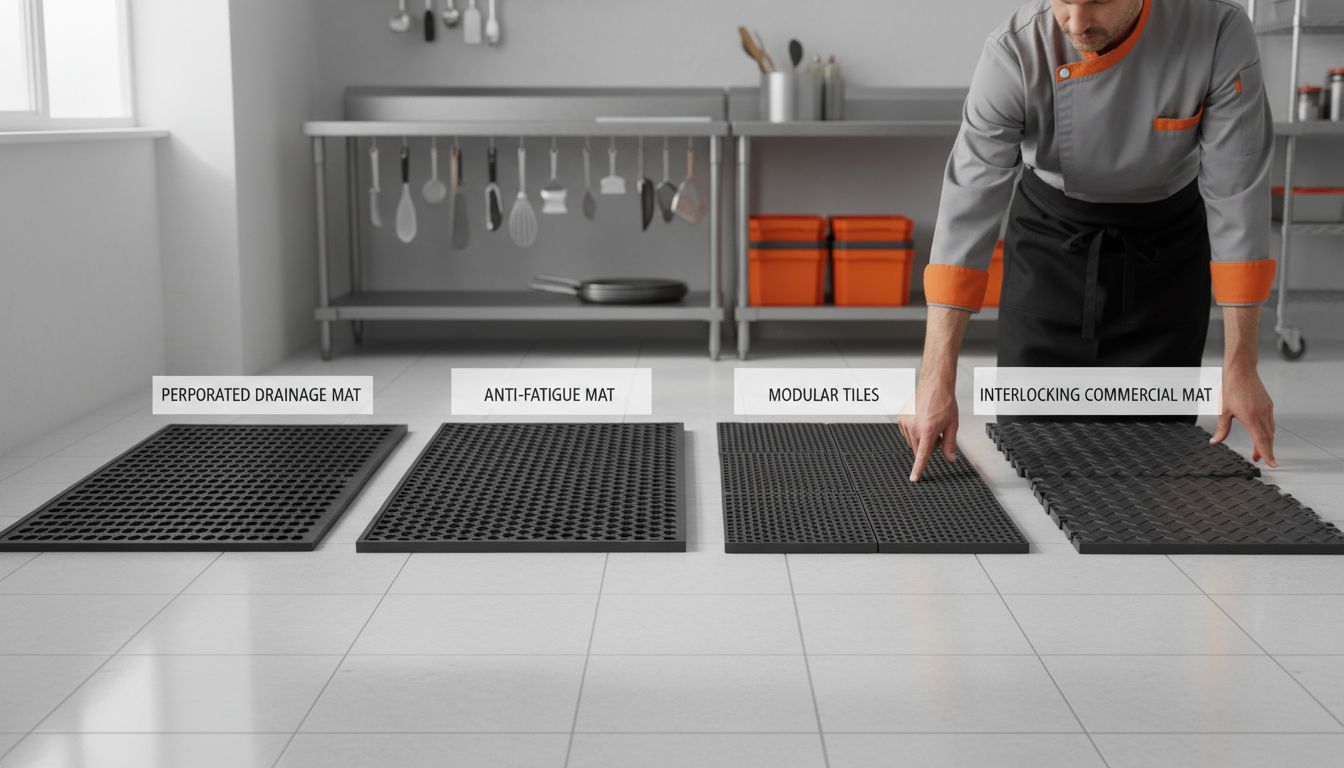
Here’s a comparison of the main types of kitchen rubber mats and their primary benefits:
| Mat Type | Key Features | Typical Applications |
|---|---|---|
| Interlocking Commercial | Efficient drainage Anti-fatigue Slip-resistant patterns |
High-traffic kitchens |
| Drainage Mats | Perforated surface Channels liquids Non-slip surface |
Wet food prep areas |
| Anti-Fatigue Mats | Cushioned design Reduces strain Ergonomic support |
Prep stations Cooking zones |
| Modular Rubber Tiles | Customisable layout Flexible assembly Easy to replace |
Kitchens with unique layouts |
Learn more about strategic matting solutions in our comprehensive guide to non-slip kitchen mats and discover how the right matting can transform your kitchen environment.
Safety, Hygiene, and Durability Benefits
Rubber kitchen mats are engineered to deliver comprehensive protection and performance in demanding culinary environments. According to phs.co.uk, these mats play a critical role in workplace risk mitigation, offering multiple layers of protection that extend far beyond simple floor covering.
Safety is paramount in kitchen settings, and rubber mats provide multiple protective features:
- Slip Resistance: Dramatically reduces workplace accident risks
- Impact Absorption: Minimises potential injuries from falls
- Ergonomic Support: Reduces physical strain during long shifts
From a hygiene perspective, ose.directory highlights that these mats are designed for long service life and easy maintenance. Their non-porous surfaces prevent bacterial growth and allow for quick, thorough cleaning, which is essential in food preparation areas. The mats’ ability to resist moisture and chemical spills further enhances their hygienic properties.
Durability is another significant advantage of professional rubber kitchen mats. Constructed to withstand high-traffic environments, these mats maintain their structural integrity and performance characteristics even under intense daily use. By investing in quality rubber matting, businesses can reduce long-term maintenance costs and create safer, more efficient working environments.
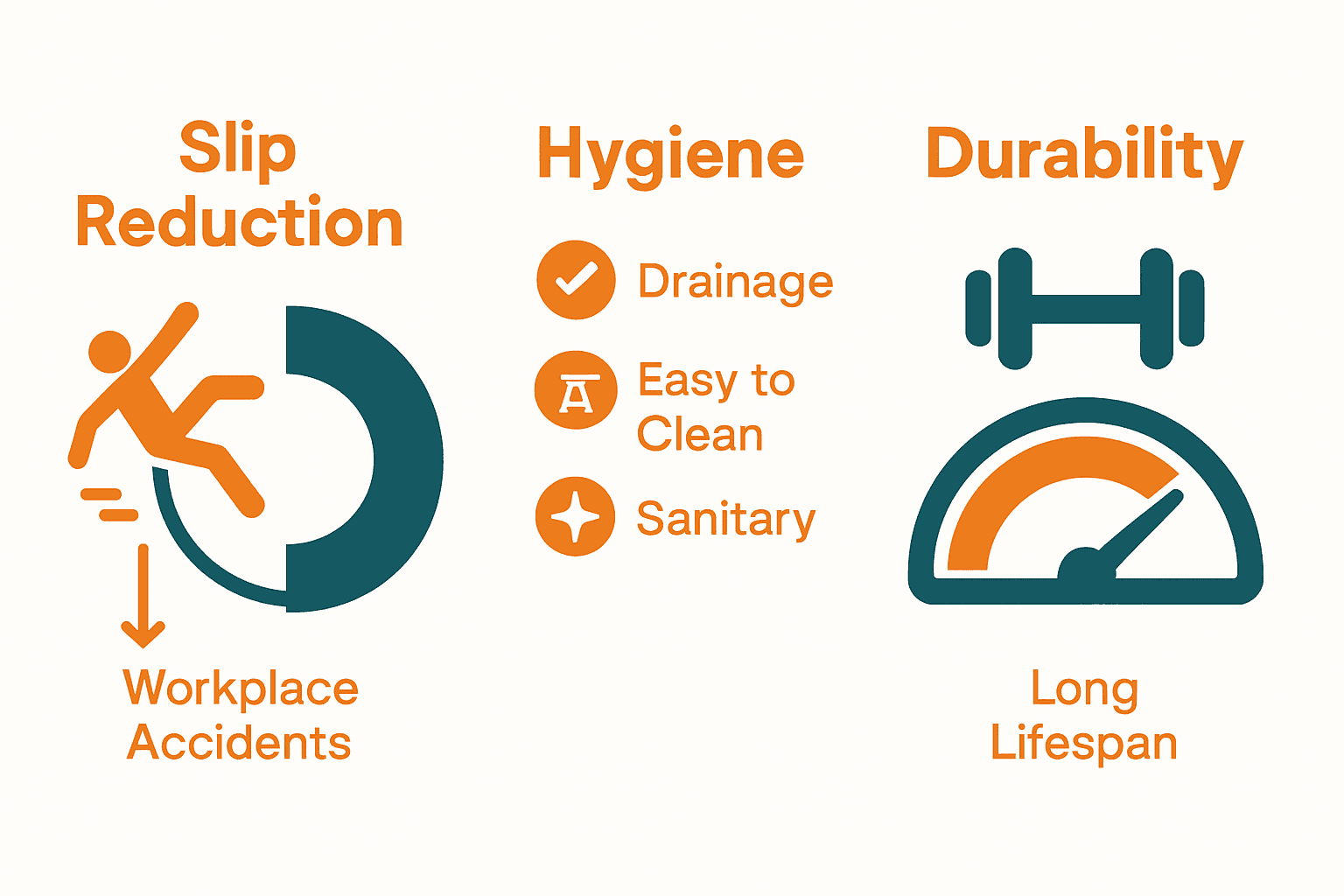
Learn more about wet area safety solutions in our comprehensive guide to understand how strategic matting can transform workplace safety.
Installation, Maintenance, and Compliance Tips
Professional kitchen environments require meticulous approach to mat installation and maintenance. According to rubberco.co.uk, rubber mats offer significant advantages with their lightweight and flexible design, making installation straightforward and adaptable to various kitchen layouts.
Installation best practices include:
- Ensuring clean, dry surface before placement
- Checking for even, level flooring
- Aligning mats to eliminate tripping hazards
- Allowing sufficient time for mats to settle and adapt
From a maintenance perspective, cykhygieneindustries.com emphasises the importance of regular cleaning to maintain hygiene and slip resistance. Their raised base design promotes liquid movement, creating safer work environments particularly in areas exposed to liquids, fats, and grease.
Compliance is critical in professional kitchens. This involves regular mat inspections for wear, ensuring mats meet health and safety regulations, and replacing them when they show signs of deterioration. Implementing a consistent cleaning schedule, using appropriate cleaning agents, and training staff on proper mat maintenance can significantly extend mat lifespan and maintain workplace safety standards.
Explore our guide to understanding infection control practices to enhance your facility’s safety protocols and mat management strategies.
Cost Factors and Alternatives Compared
When considering rubber kitchen mats, understanding the financial implications is crucial for businesses. According to abc-home.co.uk, slip-resistant mats are relatively affordable, typically ranging between £10 and £50 per square metre, offering flexible and cost-effective safety solutions.
Cost considerations for rubber kitchen mats include:
- Initial Purchase Price: Varies based on quality and specifications
- Durability: Long-term performance impacts overall value
- Maintenance Expenses: Regular cleaning and potential replacement costs
- Safety Risk Mitigation: Potential savings from reduced workplace accidents
Rubberflooringpros.co.uk provides additional insight, noting that premium rubber flooring ranges from £25 to £85 per square metre. While the initial investment might seem substantial, the long-term benefits significantly offset these costs through reduced replacement frequency and lower maintenance expenses.
Alternative flooring options such as ceramic tiles, vinyl, or epoxy coatings each come with their own cost structures and performance characteristics. However, rubber mats consistently demonstrate superior value by combining safety, comfort, and durability. Businesses should consider not just the upfront cost, but the comprehensive financial impact of their flooring choice.
Discover strategic matting solutions for your facility to make an informed investment in workplace safety.
Enhance Kitchen Safety and Comfort with Custom Rubber Mats from Mats4U
The challenge of maintaining a safe, hygienic, and comfortable kitchen environment is real. This guide highlights key pain points such as preventing slips on wet or greasy floors and reducing fatigue among staff who spend long hours standing. By choosing the right rubber mats with anti-slip properties and ergonomic design you can protect your team and improve overall efficiency. Our selection of mats is made to meet these exact needs with durable materials and easy maintenance to combat the toughest kitchen conditions.
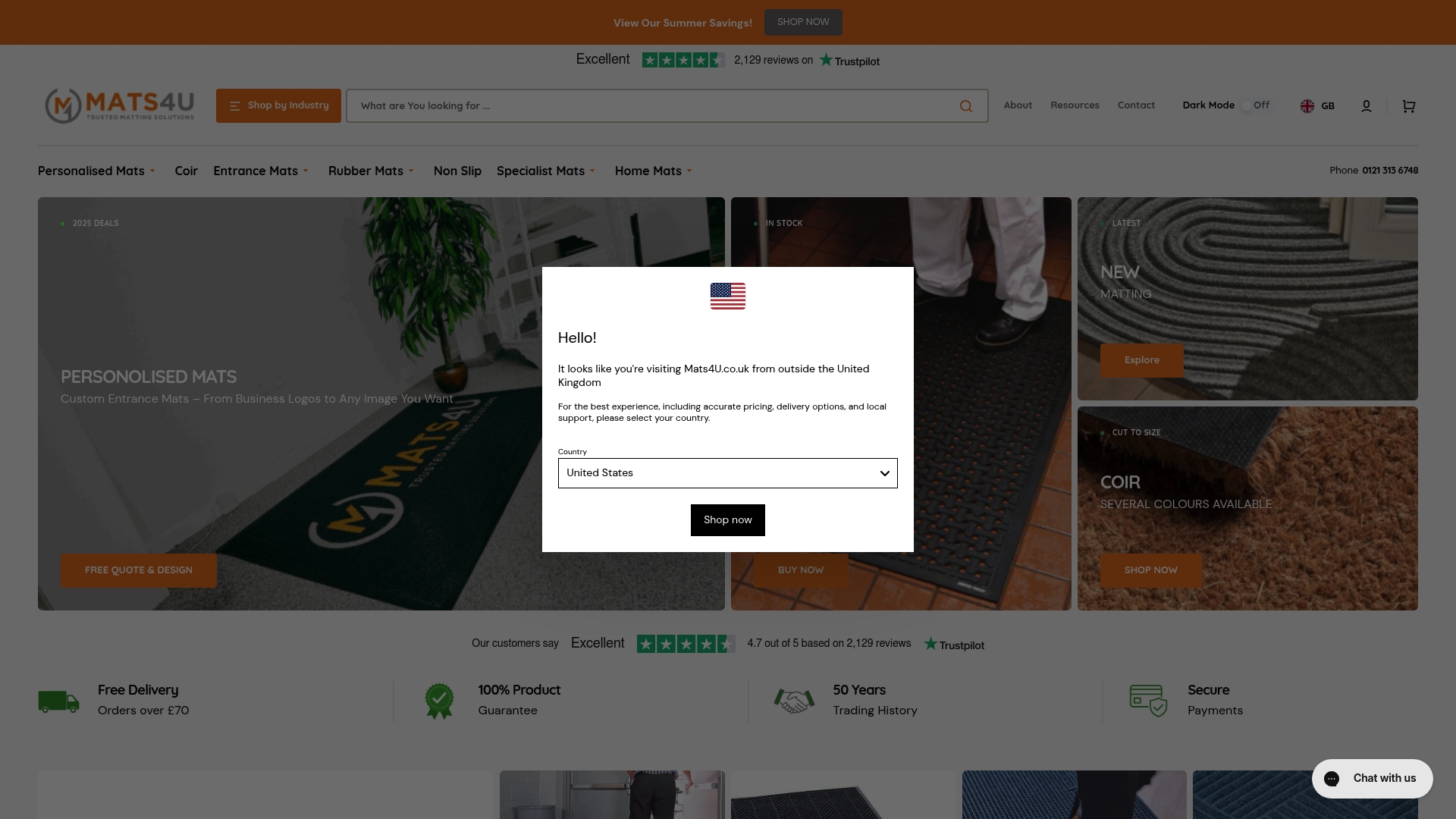
Discover the perfect fit for your kitchen at Mats4U where you can explore a variety of rubber mats, including specialised options that blend safety and comfort. Take advantage of our made-to-measure solutions to customise mats for any kitchen layout. Start enhancing your workspace today by browsing our Home Mats | Cloakroom Mats | Speciality Mats category or visit our Home | Front Back Door Mats for additional floor covering options designed with quality and safety in mind. Don’t wait until accidents happen act now to secure a safer kitchen environment.
Frequently Asked Questions
What are rubber mats for kitchen use?
Rubber mats for kitchen use are specialized floor coverings made from reclaimed rubber, designed to provide safety, comfort, and durability in kitchen environments. They help prevent slips, reduce fatigue, and protect floors.
What types of rubber mats are available for kitchens?
The main types of rubber mats for kitchens include interlocking commercial mats, drainage mats, anti-fatigue mats, and modular rubber tiles. Each type serves specific purposes such as slip resistance, liquid drainage, and enhanced comfort during prolonged standing.
How do rubber mats contribute to kitchen safety and hygiene?
Rubber mats enhance kitchen safety through their slip-resistant surfaces and ergonomic support, reducing the risk of accidents and physical strain. Their non-porous materials also promote hygiene by preventing bacterial growth and allowing for easy cleaning.
What maintenance is required for rubber kitchen mats?
Regular cleaning is essential for maintaining rubber kitchen mats. It’s vital to inspect them for wear, ensure they remain dry and clean, and adhere to a consistent cleaning schedule to prolong their lifespan and maintain their slip-resistant properties.



